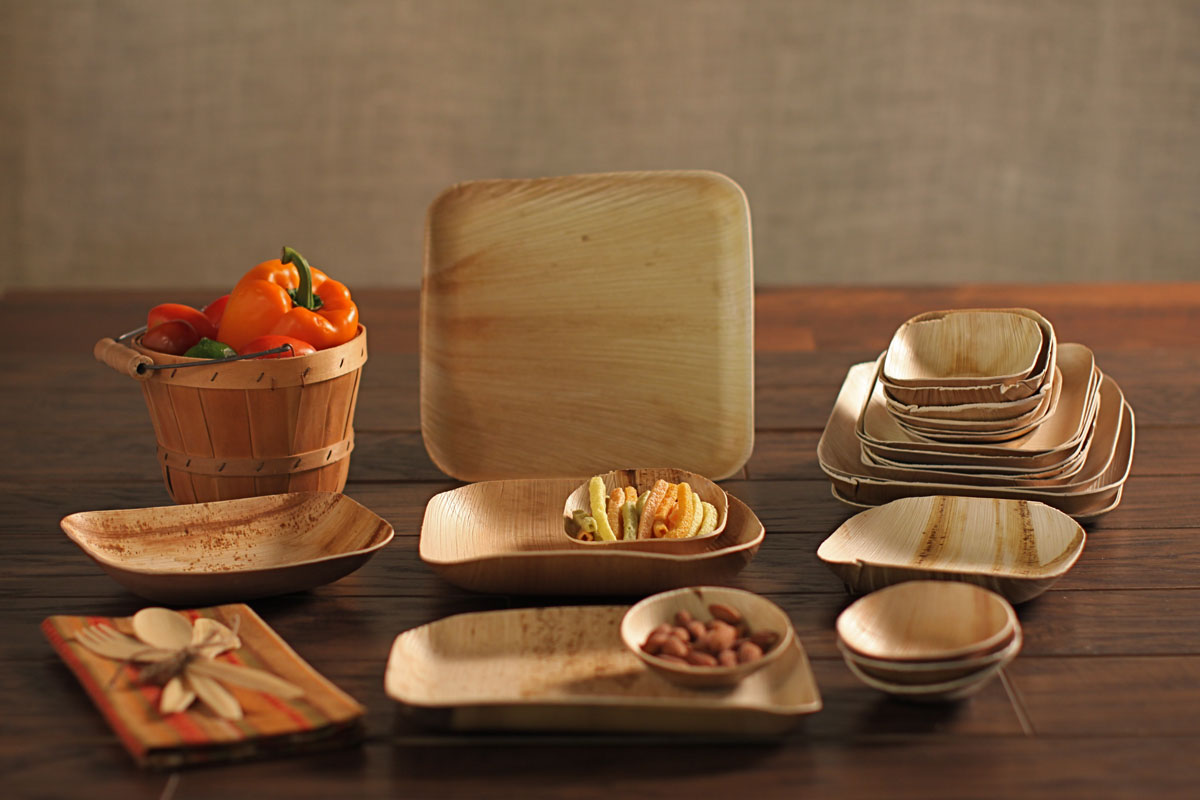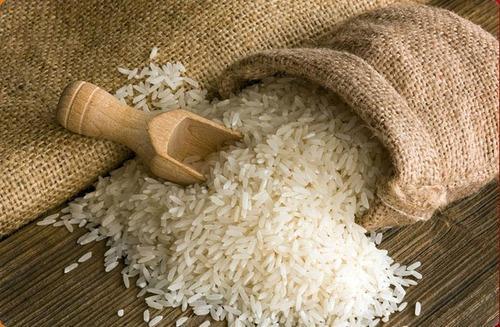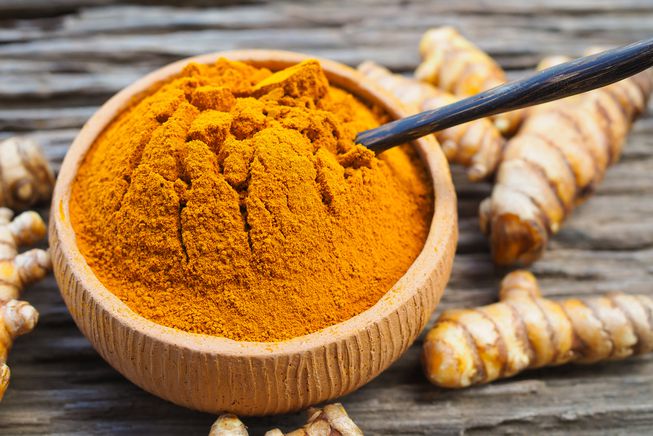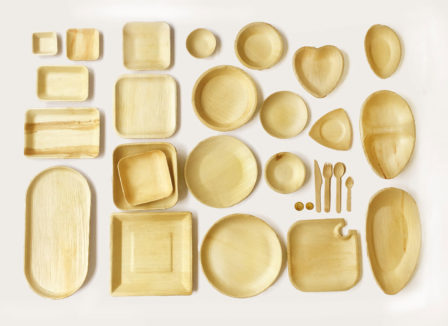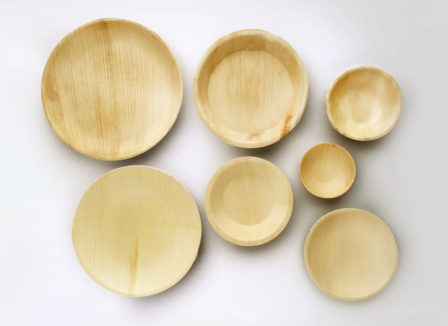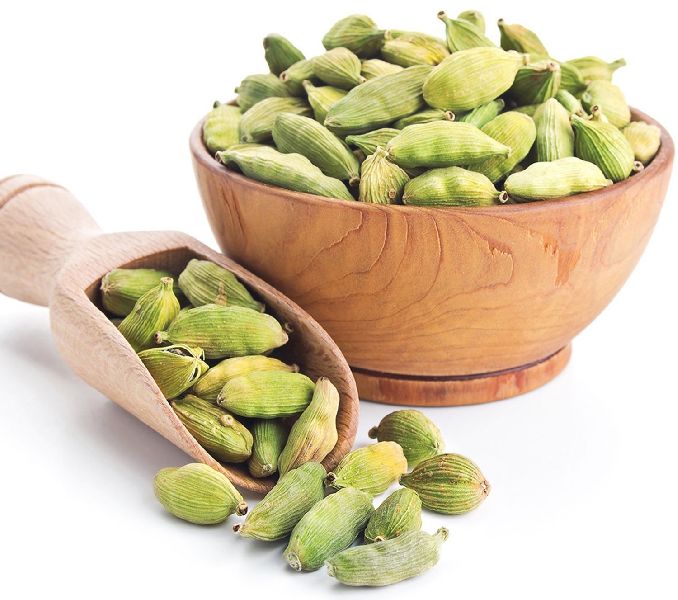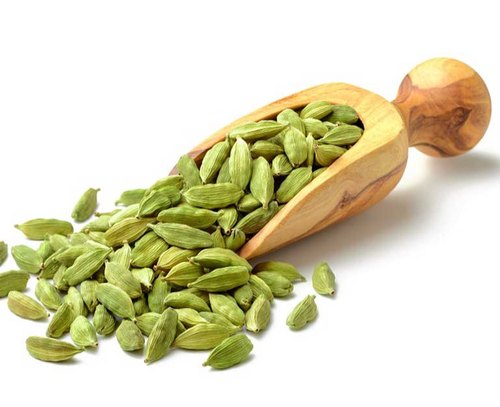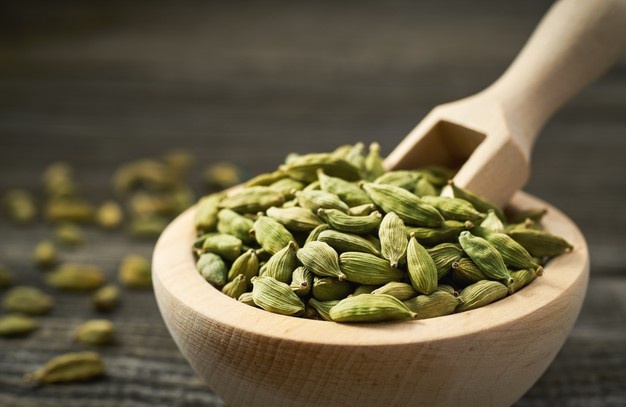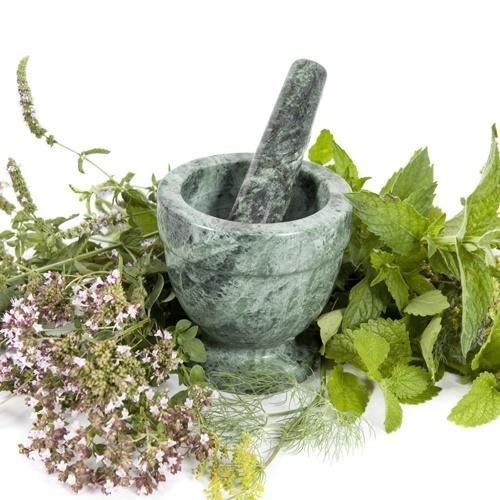Garlic
Garlic is a hardy, bulbous, rooted, perennial plant with narrow flat leaves and bears small white flowers and bulbils. The compound bulb consists of 6 to 34 bulblets called ‘cloves’ which are surrounded by a common, thin, white or pinkish papery sheet. Garlic has a strong flavour and taste
Uses
Garlic is used for flavouring various dishes practically all over the world. In United States almost half of the produce is dehydrated for use in mayonnaise products, salad dressings and in several meat preparations. Raw garlic is used in the preparation of garlic powder, garlic salt, garlic vinegar, garlic cheese croutins, garlicked potato chips, garlic bread, garlicked bacon etc. Spray dried garlic products, liquid garlic preparations are other products. In India and other Asian and Middle East Countries, garlic is used in pickles, curry powders, curried vegetables, meat preparations etc. Oil of garlic is used as a flavouring agent in soups, canned foods, sauces etc.
The other properties are anti-bacterial, fungicidal and insecticidal. In the area of medicine, it is used for various ailments of stomach, skin diseases. It has wider applications in indigenous medicines and is also considered ashighly nutritive
Health Benefits
1. Garlic Contains a Compound Called Allicin, Which Has Potent Medicinal Properties
2. Garlic Is Highly Nutritious, But Has Very Few Calories
3. Garlic Can Combat Sickness, Including the Common Cold
4. The Active Compounds in Garlic Can Reduce Blood Pressure
5. Garlic Improves Cholesterol Levels, Which May Lower The Risk of Heart Disease
6. Garlic Contains Antioxidants That May Help Prevent Alzheimer’s Disease and Dementia
7. Garlic May Help You Live Longer
8. Athletic Performance Can be Improved With Garlic Supplementation
9. Eating Garlic Can Help Detoxify Heavy Metals in the Body
10. Garlic May Improve Bone Health
11. Garlic Is Easy to Include In Your Diet and Tastes Absolutely Delicious


